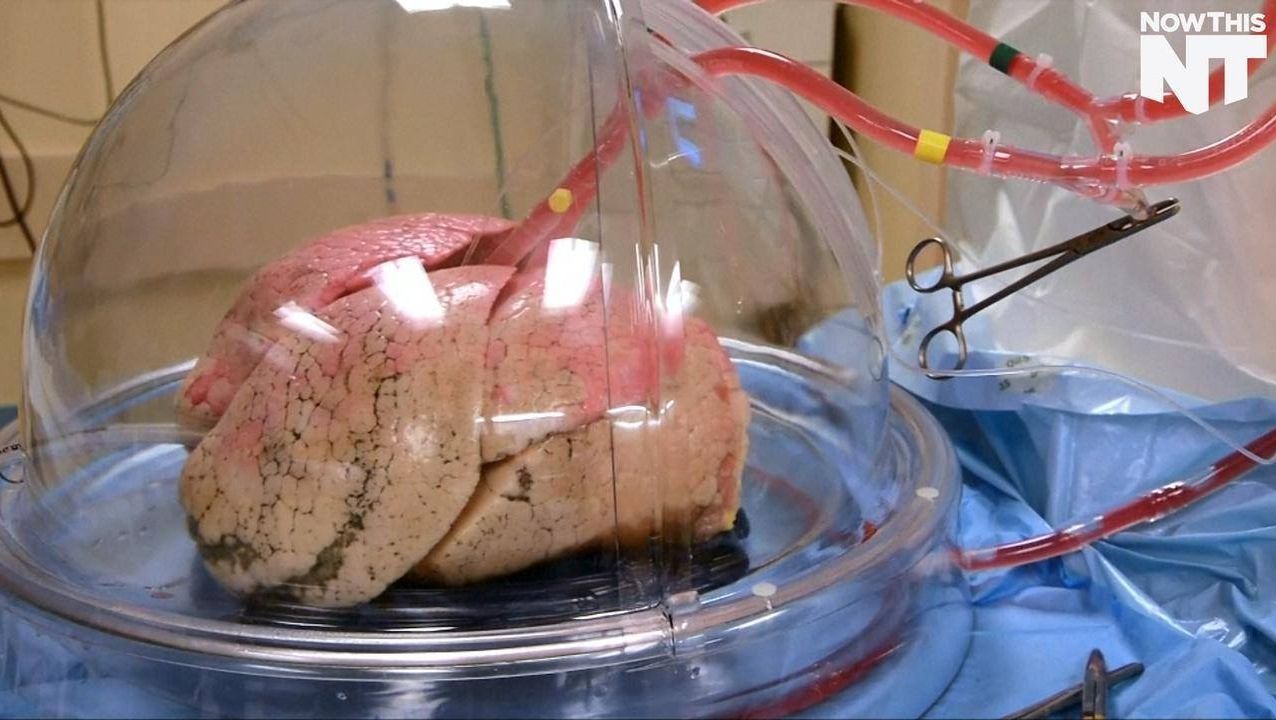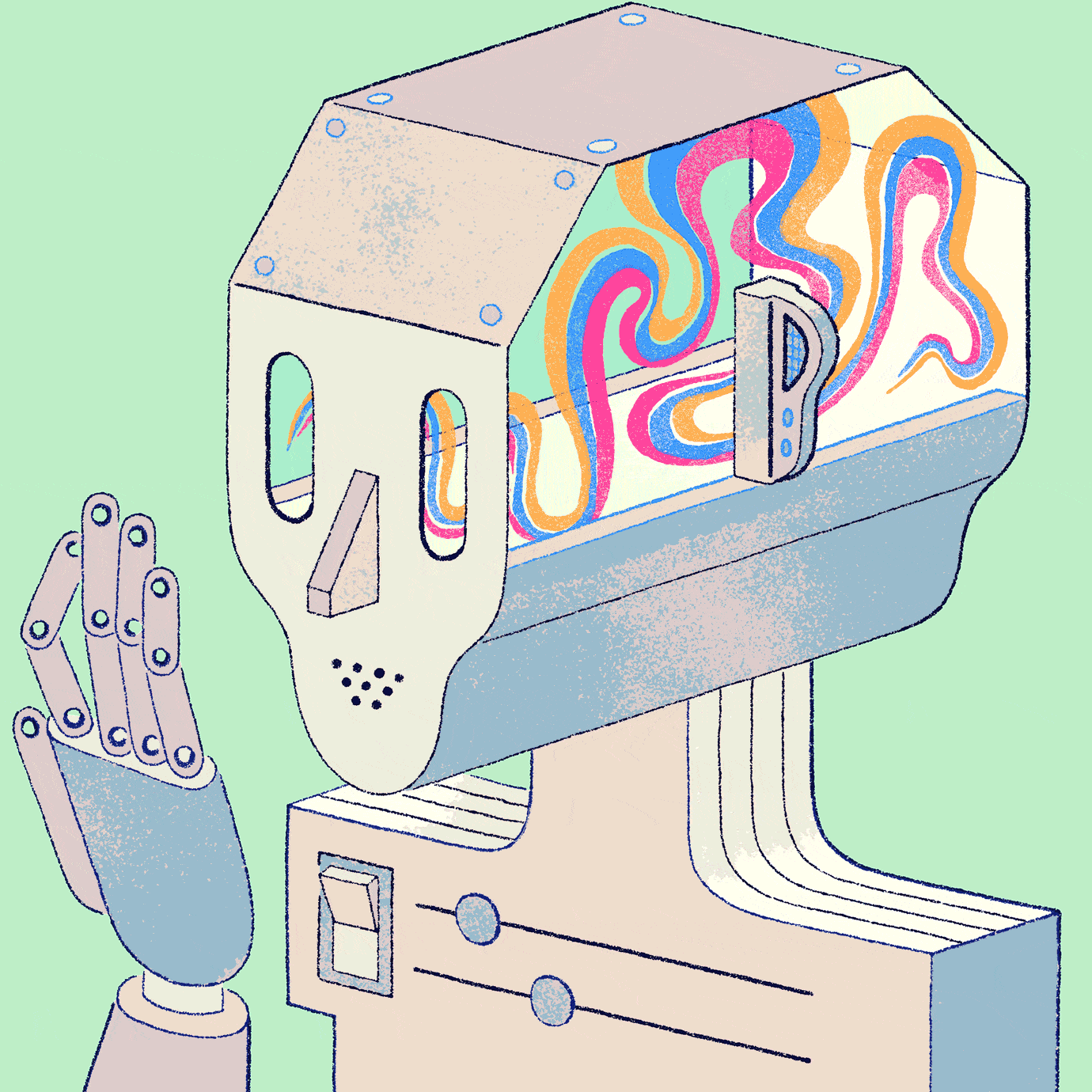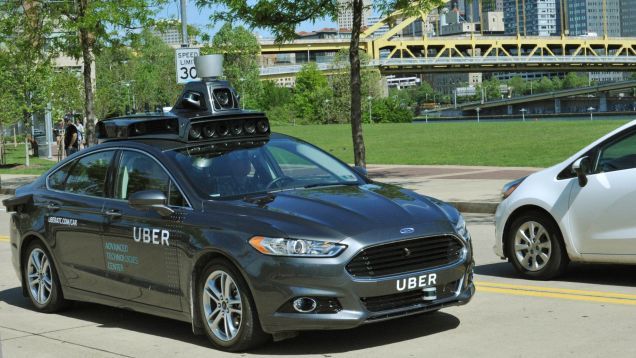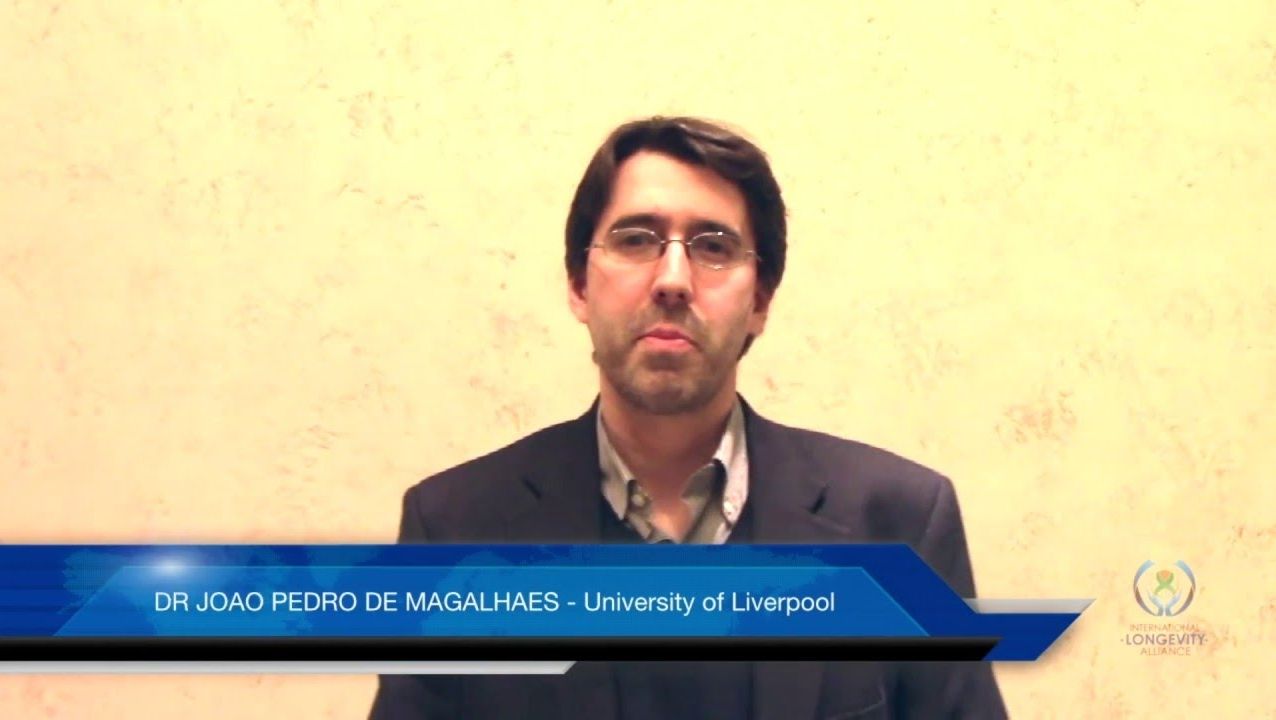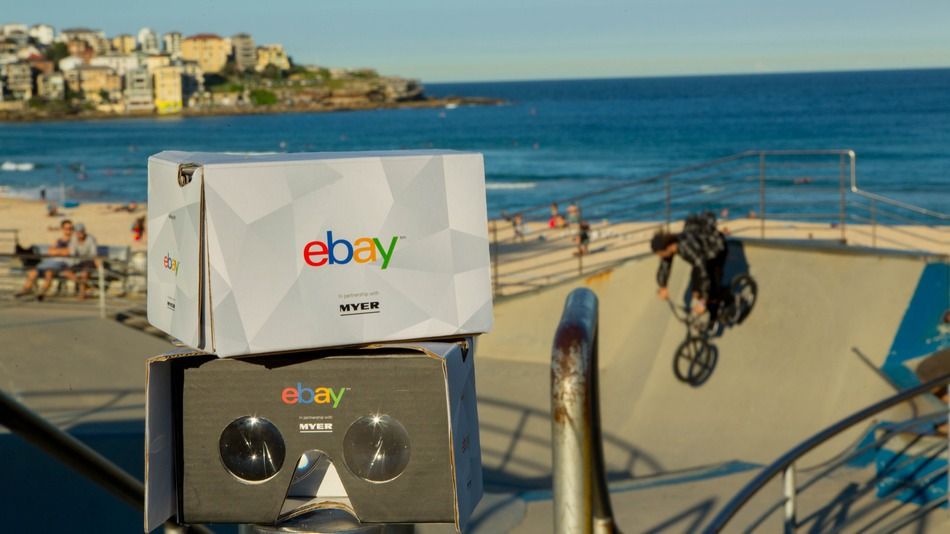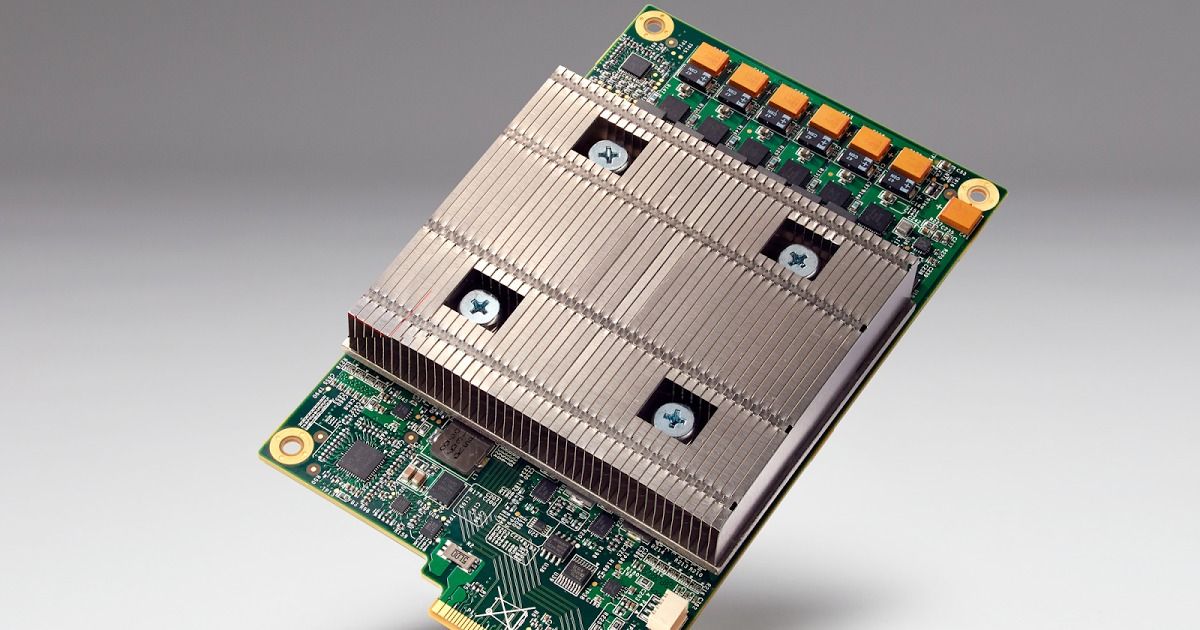
This new SF Weekly story is one of the best long features on transhumanism I’ve ever read. It covers a myriad of futurist subjects. It’s out in print today too.
When John Lennon released “Imagine” in 1971, his lyrics about a brotherhood of man living life in peace struck many people as a simple, even anodyne, response to the Vietnam War. Although politically liberal, Lennon was no doctrinal Marxist — only three years earlier, his song “Revolution” had shrugged off people who “go carrying pictures of Chairman Mao.” But the song struck many evangelical Christians as ghoulish, and for some, “Imagine” eventually came to be a sort of national anthem for the repressively secular, globalist state that was thought to be emerging: the anti-Christian New World Order that later became talk-radio conspiracy theorist Alex Jones’ fever dream.
Left Behind, a series of 16 books written between 1995 and 2007 that details a possible end-of-the-world scenario, starting from when all good Christians go to heaven in an instant (the Rapture) until the Second Coming of Jesus Christ, specifically calls out “Imagine” as a weapon in Satan’s arsenal of seductive propaganda. The Antichrist in Left Behind is a suave, cosmopolitan Romanian named Nicolae Carpathia — the product of the fused sperm of two gay atheist academics, as it happens — who uses the global confusion in the aftermath of the Rapture to become Secretary General of the U.N. and eventually dictator of a world government that tattoos its citizens with the Mark of the Beast, damning them for eternity.
Continue reading “The Future Is Now for the Transhumanist Party” »

